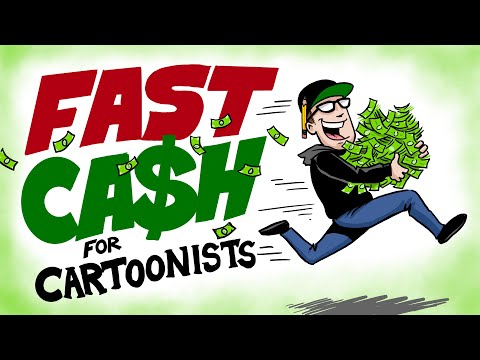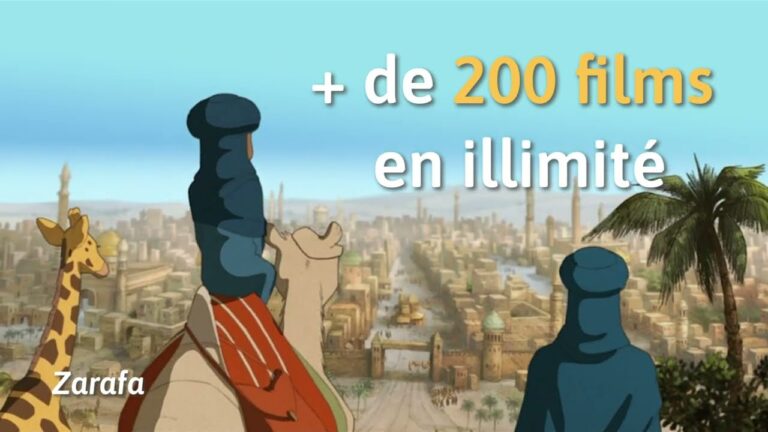Cartoonist Job: Salary and Description

Cartoonist Job Description Template
Cartoonist Job Description A cartoonist is a professional artist who creates humorous or satirical illustrations, known as cartoons. They use their artistic skills to create visual representations that convey a message or tell a story in a humorous or exaggerated way. Cartoonists can work in various mediums, including newspapers, magazines, books, websites, and animation studios. One important aspect of a cartoonist’s job is to have a keen sense of humor. They must be able to observe the world around them and find humor in everyday situations. This allows them to create cartoons that resonate with their audience and evoke laughter. Additionally, a cartoonist must possess excellent drawing skills and be able to create compelling and visually appealing characters. Another crucial skill for a cartoonist is the ability to communicate effectively through visual imagery. They must be able to convey complex ideas or social commentary through their cartoons, often using symbolism or metaphor. This requires a deep understanding of cultural references and the ability to distill complex concepts into simple yet impactful images. In addition to creativity and artistic talent, cartoonists also need strong storytelling skills. They must be able to craft a narrative or tell a story through a series of sequential images. This involves creating engaging characters, developing plotlines, and understanding pacing and composition. Overall, a cartoonist’s job is to entertain, inform, and provoke thought through their illustrations. They play a significant role in shaping public opinion, satirizing political figures, and commenting on social issues. Their work can be found in newspapers, magazines, online publications, and even in animated films and television shows, making them an integral part of the media and entertainment industry.Cartoonist Responsibilities
Cartoonist Requirements
How Much Does A Cartoonist Make?
Cartoonist Salary
| Position | Annual Salary |
|---|---|
| Entry-level Cartoonist | $30,000 – $50,000 |
| Experienced Cartoonist | $50,000 – $80,000 |
| Lead Cartoonist | $80,000 – $120,000 |
| Freelance Cartoonist | Varies depending on projects |
A cartoonist creates illustrations and drawings for various mediums, such as comic strips, editorial cartoons, and animated cartoons. The salary of a cartoonist can vary based on factors such as experience, position, and whether they work as an employee or freelancer.
Entry-level cartoonists typically earn between $30,000 and $50,000 annually. As they gain experience and establish themselves in the industry, their salary can increase to around $50,000 to $80,000 for experienced cartoonists. Lead cartoonists, who may oversee a team or have a significant body of work, can earn between $80,000 and $120,000 per year.
Freelance cartoonists have a more variable income as it depends on the number and scale of projects they undertake. They negotiate rates on a per-project basis, and their earnings can fluctuate accordingly.
It’s important to note that these figures are approximate and can vary based on factors such as location, reputation, and demand for the cartoonist’s work.
Cartoonist Salaries by Country
Top Paying Countries for Cartoonist
| Country | Salary Range |
|---|---|
| United States | $45,000 – $100,000 |
| Canada | $35,000 – $75,000 |
| Australia | $40,000 – $90,000 |
| United Kingdom | $35,000 – $80,000 |
| Germany | $30,000 – $70,000 |
A cartoonist is an artist who specializes in creating cartoons, often for newspapers, magazines, or animated productions. The salary range for cartoonists varies depending on factors such as experience, skill level, and location. The table above showcases the top paying countries for cartoonists, including the United States, Canada, Australia, the United Kingdom, and Germany. These countries offer competitive salaries ranging from $30,000 to $100,000 per year. It’s important to note that these figures are approximate and can vary based on individual circumstances and the demand for cartoonists in each specific country.
A video on the topic Cartoonist
Video Source : Draw or Die Co.Interview Questions for Cartoonist
1. How did you become interested in cartooning?
I have always had a passion for drawing and storytelling. As a child, I was captivated by animated shows and comics, which inspired me to pursue a career in cartooning.
2. What is your creative process like when creating a cartoon?
First, I brainstorm ideas and develop a concept for the cartoon. Then, I sketch rough drafts to visualize the characters and composition. Next, I refine the sketches and add details. Finally, I digitize the artwork and add colors using digital software.
3. What tools and techniques do you use to create your cartoons?
I primarily use a drawing tablet and digital software to create my cartoons. However, I also enjoy using traditional mediums such as pencils, ink, and watercolors for certain projects. For techniques, I often use exaggeration and visual metaphors to enhance the humor and storytelling in my cartoons.
4. How do you come up with ideas for your cartoons?
I find inspiration from everyday life, current events, and personal experiences. I also enjoy observing people and their behaviors, which often sparks ideas for relatable and humorous cartoons.
5. How do you ensure that your cartoons resonate with your audience?
I strive to create cartoons that are relatable and relevant to my target audience. I pay attention to popular culture and societal trends to ensure that my cartoons resonate with the current interests and concerns of my audience.
6. What challenges do you face as a cartoonist?
One of the main challenges is coming up with fresh and original ideas on a regular basis. Additionally, balancing artistic integrity with commercial viability can be a challenge, as I want to create cartoons that I am proud of while also appealing to a wider audience.
7. How do you handle criticism or negative feedback on your cartoons?
I believe that criticism can be valuable for growth and improvement. I try to approach negative feedback with an open mind and use it as an opportunity to learn and refine my skills. However, I also trust my own artistic vision and do not let every criticism dictate my creative choices.
8. What has been your most memorable project as a cartoonist?
One of my most memorable projects was collaborating with a renowned author to create illustrations for a children’s book. It was a fulfilling experience to bring the author’s words to life through my cartoons and see how they enhanced the storytelling.
9. How do you stay motivated and inspired in your work?
I stay motivated by constantly seeking inspiration from various sources such as books, movies, and other artists’ work. I also find it helpful to set goals and deadlines for myself, which keeps me focused and driven. Additionally, the positive feedback and support from my audience fuels my motivation to continue creating cartoons.
10. What advice would you give to aspiring cartoonists?
My advice would be to never stop practicing and experimenting. Developing your own unique style takes time and dedication, so keep drawing and exploring different techniques. Also, don’t be afraid to share your work and seek feedback from others. Lastly, be persistent and believe in your abilities, as success in cartooning often comes with perseverance.






